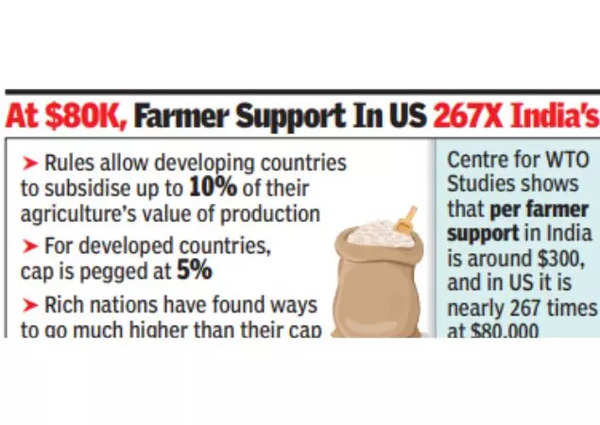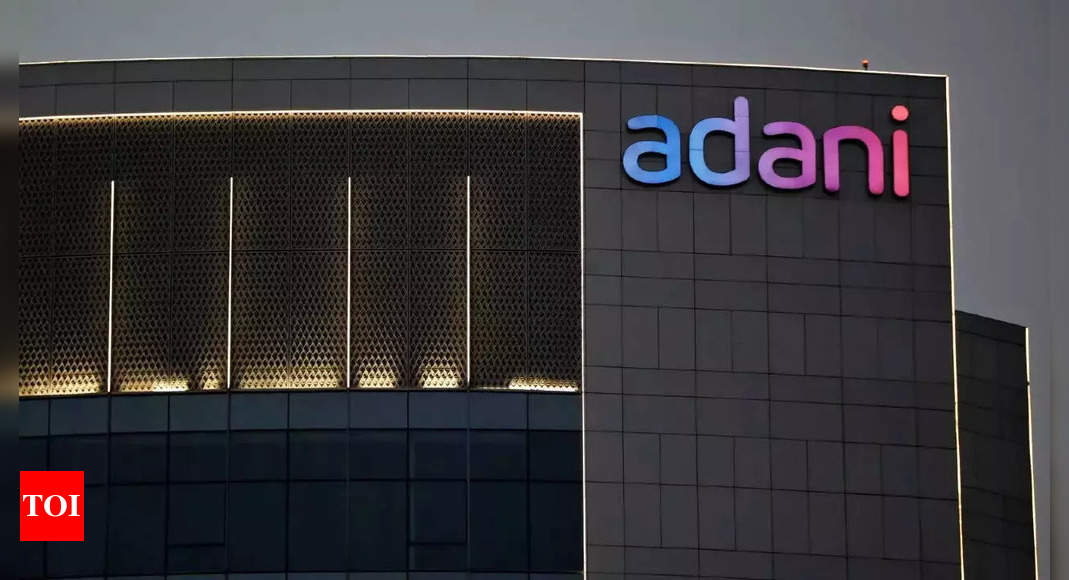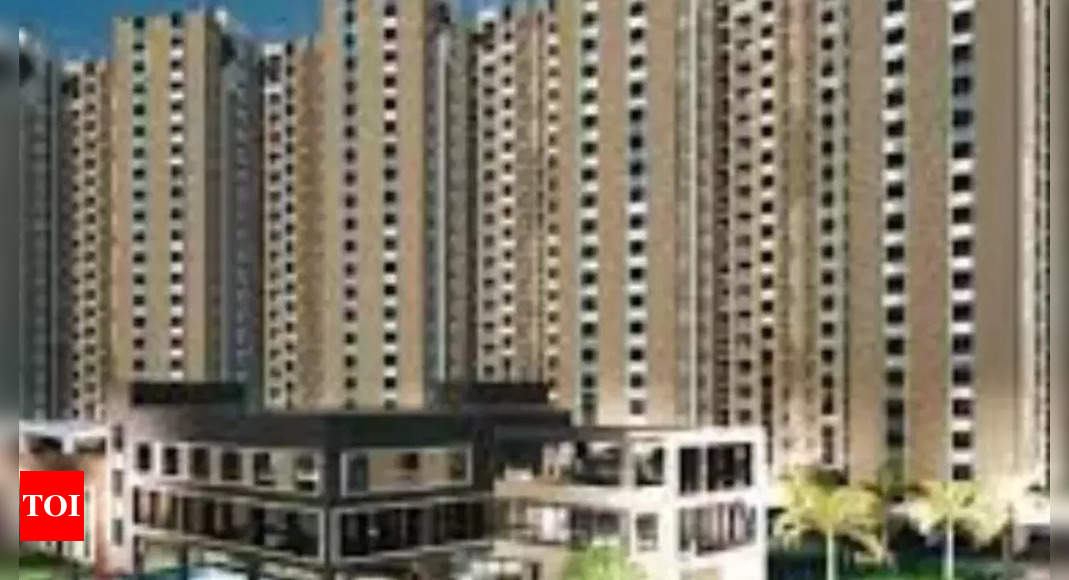The Indian delegation disputed the claim, filing a complaint strongly objecting to the statement.
The incident is the latest spark to break down the contentious issue of agricultural trade that has divided countries for more than two decades. India and Indonesia, along with other developing countries, are pushing to reform regulations governing agricultural trade. Existing rules do not give them enough freedom to support their farmers and the poor who need free or subsidized food.
background
In 1994, the WTO reached an agreement to reduce import taxes and subsidies that affect agriculture. Here’s how subsidies are classified:
Green box:
These are subsidies that don’t really affect business much. These include direct payments, general services and environmental programmes. There is no limit on these.
blue box:
It is believed that these subsidies will be cut over time. These are used mainly by rich countries – and China – and are linked to how much land is cultivated or crops are produced.
Development Box:
It allows developing countries to provide input subsidies to low-income or resource-poor farmers and investment subsidies for agriculture.
amber box:
Most other subsidies are available here. They may make farming and trade unfair because they may encourage overproduction or make prices too low. The rules allow developing countries to subsidize up to 10% of the value of their agricultural production. For developed countries this limit is 5%. But rich countries have found ways to exceed their limits. For example, a paper by the Center for WTO Studies estimated that the EU was providing 150% of its sugar production value as subsidies, and the US was providing 189% of its coffee production as subsidies.

Why are developing countries worried?
The rules favor wealthy countries, giving them more ways to support their farmers and dominate the global market. This makes it difficult for poor countries to compete. For example, India has crossed the 10% subsidy limit for rice, and others may too. The prices set in the 1980s are outdated as a reference for what counts as a subsidy, and do not account for inflation or current market prices.
Farms in India are small, making government assistance important. There is also a need to keep food in stock for the poor during a crisis like the Covid pandemic or global conflict.
Calculations by the Center for WTO Studies show that support per farmer in India is about $300, while in the US it is about $80,000. So, an American farmer with an average landholding of 180 hectares gets 267 times more profits than a farmer in India, where the average landholding is a little over a hectare.
What is being done?
This issue was first raised in 2002 but became a hot topic in 2013. To advance trade discussions, developed countries agreed to a ‘peace clause’ that prevents disputes over subsidy limits. Since then, India and others have been pushing to find a permanent solution.
present situation
For the past decade, groups representing developing and poor countries have been demanding permanent solutions, but claim that rich countries are not keeping their promises.
What are developed countries called?
Rich countries believe that public stockholding programs distort trade. He has accused developing countries like India of exporting subsidized grains. This is where the Thai ambassador’s allegations Wednesday come into play. They are demanding a major reform to reduce tariffs and subsidies. However, there are disagreements between them, with the EU opposing tariff cuts, while the US and other countries are demanding broader changes.





